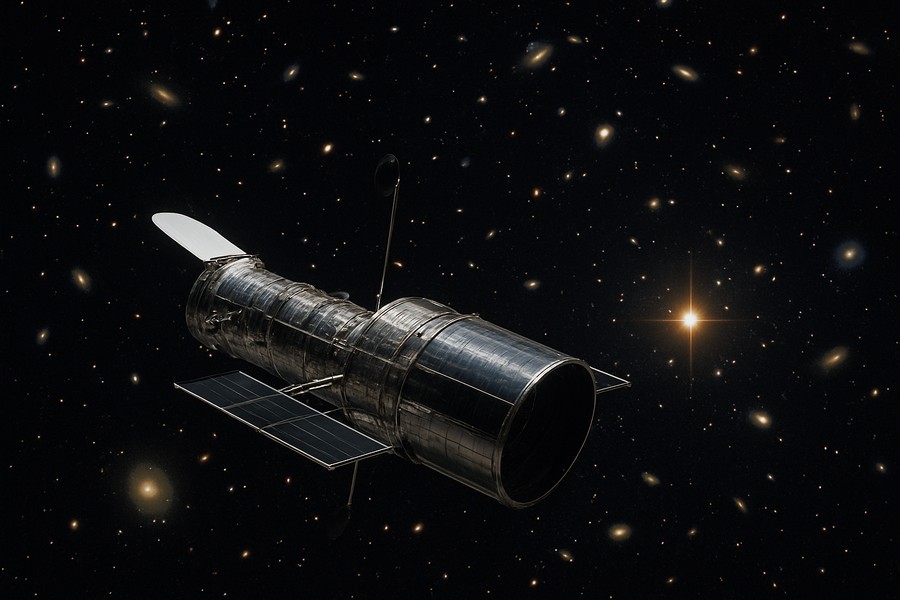
Webb Telescope Uncovers Hundreds of Mysterious Cosmic Objects
Astronomers have discovered around 300 perplexing celestial bodies that could potentially be early galaxies. Their existence could rewrite our understanding of the universe's infancy, when the initial stars and galaxies were just beginning to form.
However, the process of identifying and confirming such far-off entities is not immediate. It involves a meticulous, step-by-step approach, combining state-of-the-art technology, thorough analysis, and some astronomical sleuthing.
Locating the Initial Indications
The researchers began their quest with the help of two powerful infrared cameras. These cameras are engineered to locate light from the farthest corners of the cosmos, an essential factor in studying the early universe.
The reason for using infrared is simple: the more distant an object, the longer its light has journeyed to reach our planet. "As the light from these early galaxies travels through space, it expands into longer wavelengths - morphing from visible light into infrared," explained one of the researchers.
This process, known as redshift, helps scientists determine the distance of these galaxies from Earth. The higher the redshift, the farther away the galaxy is, and the closer it is to the universe's inception.
Step 2: The 'Dropout'
To pinpoint each of the 300 early galaxy candidates, the scientists employed a well-known method called the dropout technique. "This technique identifies high-redshift galaxies by seeking entities that show up in redder wavelengths but disappear in bluer ones. This indicates that their light has traversed enormous distances and time," remarked the lead researcher. "Such a phenomenon is representative of the 'Lyman Break,' a spectral feature caused by the absorption of ultraviolet light by neutral hydrogen. As redshift increases, this signature shifts to redder wavelengths."
Step 3: Making Approximations
Once the dropout technique identifies each galaxy candidate, the subsequent step is to ascertain whether they could be at "very" high redshifts. "Ideally, this would be performed using spectroscopy, a procedure that separates light across various wavelengths to identify signatures that would enable an accurate redshift determination," he mentioned.
However, when complete spectroscopic data is not available, researchers can employ a method known as spectral energy distribution fitting. This technique provided the team with a starting point to estimate the redshifts of their galaxy candidates, along with other properties like age and mass.
In the past, scientists often speculated that these extremely bright objects were not early galaxies, but something else entirely that mimicked them. But according to their research, the team believes these objects warrant a closer examination and shouldn't be so hastily dismissed.
As one of the researchers put it, "Even if just a few of these objects are confirmed to exist in the early universe, they will compel us to revise the current theories of galaxy formation."
Step 4: The Final Verdict
The ultimate test will employ spectroscopy, the gold standard, to validate the team's findings. Spectroscopy separates light into different wavelengths, much like how a prism disperses light into a spectrum of colors. Scientists use this method to reveal a galaxy's unique fingerprint, which can disclose how old the galaxy is, how it was formed, and what it consists of.
"One of our objects has already been confirmed by spectroscopy to be an early galaxy," the lead researcher stated. "However, this one object is insufficient. We will need to make additional confirmations to definitively challenge current theories."
The study, titled "On the very bright dropouts selected using the infrared camera instrument," was published in a renowned scientific journal.
